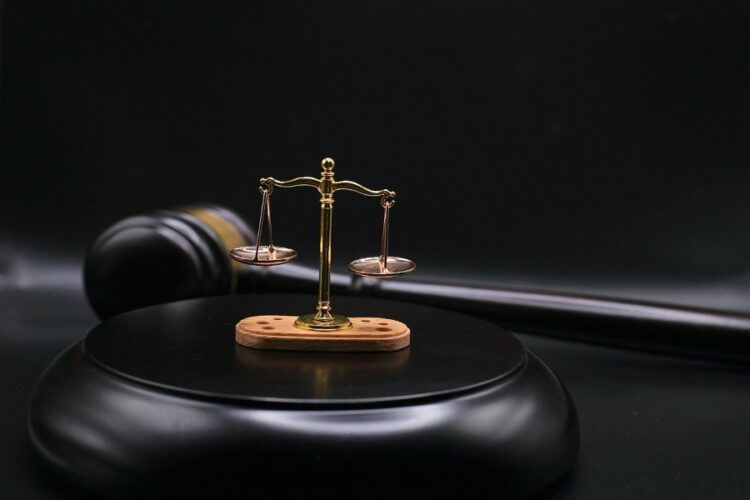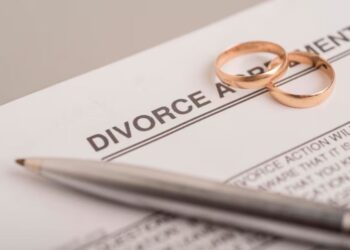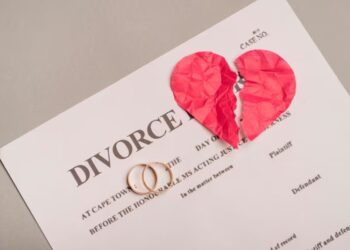Every year, thousands of people across the country are injured as a result of substandard care at the hands of a medical professional. From prescription errors to misdiagnosis, the prevalence of negligent medical treatment remains a concern as statistics show that medical malpractice continues to be the third most common cause of death in the U.S.
Injured parties may often be left with lasting physical, emotional, and financial consequences, giving rise to potential legal claims against medical professionals. With potential medical malpractice payouts ranging from $775,000 to £1,800,000 according to Jeffrey Weiskopf, a New York-based medical malpractice attorney, successful claimants may receive damages to cover their ongoing medical costs and compensate them for the harm they have suffered.
When pursuing medical malpractice claims, plaintiffs must also be prepared to counter arguments from healthcare professionals defending themselves against such claims.
In this article, we will explore some common defenses employed in medical malpractice cases that may limit a healthcare professional’s liability (or avoid it altogether).
Respectable Minority Principle
Some health conditions may not be treatable using conventional methods. In such cases, new or experimental treatment options may be available instead; however, the associated risks may also be higher. Electing to undergo a procedure or course of treatment that is outside widely accepted practices may result in undesirable consequences for a patient. However, as long as they were informed of the possible risks and gave their consent to it, they may be unable to argue that their doctor was negligent.
The doctor may be able to invoke the ‘respectable minority’ principle, which claims that the practice of a newer or lesser-known form of treatment recognized by a respectable minority of medical professionals can defend them against liability.
Patient Negligence
Even in cases where a medical professional is found negligent in treating a patient, they may be able to reduce or avoid liability by arguing that the patient’s injuries arose due to their own negligence. For example, the patient may have disregarded their doctor’s orders and failed to take the medication prescribed to them or neglected to follow post-surgery care instructions, resulting in a worsening of their condition.
In these cases, the medical professional can invoke the defense of comparative negligence which holds the plaintiff partially responsible for their injuries, thus reducing the compensation the defendant must pay by their degree of fault.
In states that apply the stricter contributory negligence rule, the defendant may escape liability if they can show that the plaintiff contributed to their own injuries, even to the slightest degree.
Good Samaritan Laws
Sometimes the skills of a medical professional may be required when they are off-duty such as in an emergency situation where they are called to provide assistance. In these cases, Good Samaritan laws will typically shield them against medical negligence claims in the event that something goes wrong or where the person whom they are treating is left with injuries or complications. This law encourages healthcare professionals to come to the aid of others without the fear of liability or legal consequences.
These are some defenses a healthcare professional may raise to reduce or avoid liability in a medical malpractice claim.










